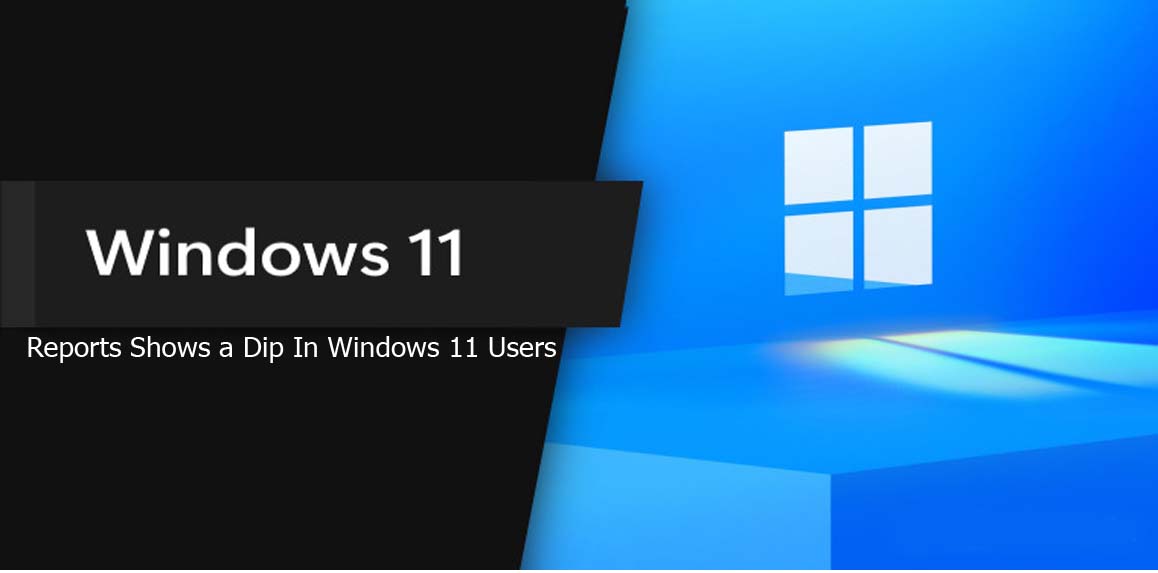Reports shows a dip in windows 11 users as the operating system only is being used by a measly 15% of PC users thus meaning that anyone is barely making use of it.

Reports Shows a Dip in Windows 11 Users
Many users are still to really fall in love with windows 11 yet, despite the fact that the office software has been available for more than a year now.
As per data gathered by Statcounter, windows 11 still has meager adoption rates thus accounting for just 15.44% of all windows systems. In comparison, more than 70% of users are still running windows 10 and windows 7 on the other hand still maintains a dedicated user base of just under 10% of devices although not been supported by the company ever since January 2020.
All Platforms Considered – Pcs and Mobiles
And as has been the case for some time now, windows continue to be dominant in the desktop space when compared to other competitors with close to an 80% share. Apple’s OS X on the other hand is next in line with 15%, and lastly, the open-source Linux is just under 3%.
A separate picture is however revealed when factoring in operating systems across all platforms and this is including mobile devices. And in this front, Google android OS comes on top with a market share of more than 40%, followed by windows at about 30% and then iOS at just under 20%. OS X and Linux on the other hand fall to about 6% and 1% respectively.
Windows 11 was described by Microsoft as being very much more secure than past iterations of its flagship OS, such as it requiring computer systems to have Trusted Platform Module (TPM) 2.0 chips installed, which carry out cryptographic processes and also feature physical mechanisms that are related to security.
The Reason for the Slow Adaptation of Windows 11
This and many other stringent requirements however are all part of the reason for the slow adaptation of windows 11. Just the latest processors are compatible with the new OS and IT-managed software Lansweeper which just recently found that more than 11 million PCs across 60,000 organizations did not have the right CPUs in place to install it.
Normally, businesses are never in rush to upgrade to new operating systems, often waiting around 18 months after a release to buy new hardware. And with the current economic climate, there is now even much less incentive to shorten that lead time, as long as windows 10 still continues to remain competent as it is at the moment.



